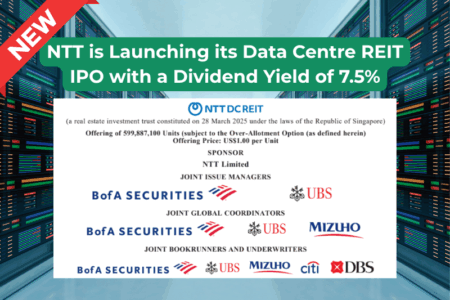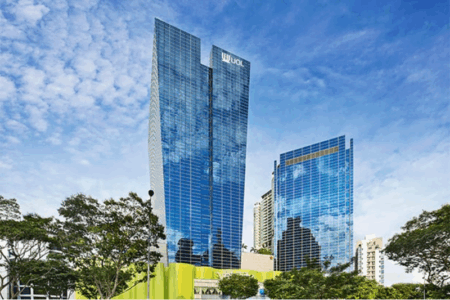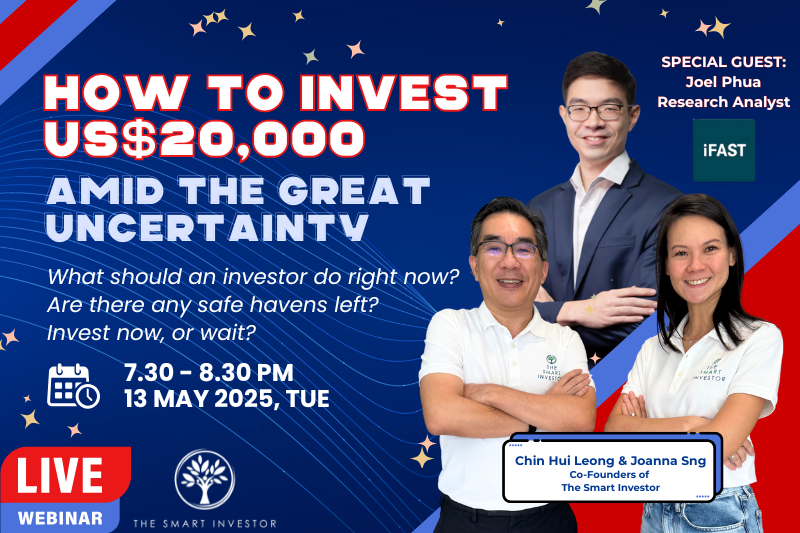I bought units of Suntec REIT in 2005. I still own all the units today.
Real estate investment trusts (REITs), as a whole, have grown in popularity over the last 15 years.
It’s not hard to see why.
REITs offer access for the common investor to own properties without the hassle of being a private landlord. You will be able to buy or sell your holdings without dealing with estate agents, lawyers or bankers.
As an investment vehicle, REITs are also more flexible.
If you want to, you can sell part of your REIT holdings. But if you own physical property, you can’t sell your kitchen or living room and keep the rest.
An abundant market
Today, the Singapore stock exchange is recognised as one of the region’s hub for REITs.
You’ll be able to find REITs with properties in Australia all the way to the US. The type of properties on offer ranges from hospitals to hotels and industrial buildings, all of which are typically out of reach of the individual investor.
Simply said, the choices of REITs that you can buy today are abundant. It’s up to you to decide what you want.
Over time, my stable of REITs has grown to five income-producing shares, three of which I owned for more than a decade. Here are three traits that I look for:
1. Sustainability
The sustainability of a REIT can come in different ways.
The location of the properties can make a difference. Frasers Centrepoint Trust, another REIT that I own, has three major malls located in growing HDB townships that are underserved.
Having a multinational sponsor such as CapitaLand or Mapletree Investments also helps as the parent can provide a pipeline of properties that the REIT can acquire in the future or use to expand abroad. Sponsors can also become partners when it comes to redeveloping older properties, providing another avenue of growth.
Major trends can also propel demand for properties that REITs own.
Based on UN projections for Singapore, elderly folk above 65 years of age are expected to make up 28 per cent of the total population by 2030 and 47 per cent by 2050. In Japan, 40 per cent of its population is expected to be 65 years or above by 2050.
ParkwayLife REIT, which owns hospitals in Singapore and nursing homes in Japan, is able to tap on the growing demand for healthcare as the elderly population in both countries grows in number.
2. Adaptability
There has been an ongoing debate over the competition between online and offline shopping.
The popular narrative is that online retailers will steal revenue away from offline shopping malls.
Certainly, retail malls cannot rest on their laurels. The REIT managers in charge of these malls will have to adapt to changing consumer tastes. As investors, that is what we want.
Today’s shopping mall, for instance, cannot simply be a place to buy things alone. It has to be more than that, offering a better all-round experience and options to do things that cannot be done online. Like haircuts, and rock climbing. A futsal court where people can gather. Or urban farms and performance theatres.
Incidentally, CapitaLand Mall Trust’s new Funan mall has all of the above and more.
So, in my book, offline shopping is not dead. It’s the old, mediocre shopping experience that has passed its prime. And we should expect REIT managers to adapt accordingly.
3. Growing distributions
Business growth is great to have.
But it will not be as good if that growth does not translate into higher distributions for investors like you and me. Growing distributions reward long-term investors as they pay out increasing amounts for the same amount of capital invested.
For instance, when I first invested in ParkwayLife REIT in April 2009, units were offering around a 10 per cent yield. Today, those same units are yielding over 18 per cent in distributions. So, what happened?
Simply put, the underlying distributions for each unit I own grew from less than seven cents a unit to over 13 cents a unit over the last 10 years. All we had to do, as investors, is to have the patience for the growth to play out.
Every rose has its thorn
To be sure, it’s not all sunshine and roses for REITs.
REITs are required to pay out 90 per cent of their income in order to avoid taxes. In doing so, they retain very little cash and will hold debt.
Therein lies the biggest risk, in my view. As investors, we are relying on the REIT manager’s ability to consistently refinance borrowings that come due.
Should there be a credit crunch, as we have seen during the 2008 Global Financial Crisis, refinancing existing debt may become a big challenge. Under such a scenario, REITs may be forced to issue units at rock bottom prices, thereby diluting existing unitholders.
Meanwhile, if a REIT wants to acquire new properties, it would also have to issue more debt or sell more of its underlying units to finance the acquisition. As unitholders, we may be asked to fork out more capital to avoid dilution.
Get smart: Investing for you
Companies can come and go. Business models can change or be disrupted.
But a well-located physical property is not as easy to disrupt. As REIT investors, there is great benefit in knowing that the properties that REITs own are likely to be around years from now.
Suntec City, which I have owned since 2005, remains as popular today as it was 15 years ago.
And if we have the patience to hold these units for the long haul, we can be rewarded both in our pockets and in our mind.
Our peace of mind, that is.
After all, isn’t that why we invest in the first place? To be able to spend less time in the office and more time doing the things that we enjoy.
A version of this article first appeared on the Business Times
If you’d like to learn more investing concepts, and how to apply them to your investing needs, sign up for our free investing education newsletter, Get Smart! Click HERE to sign up now.
Get more stock updates on our Facebook page or Telegram. Click here to like and follow us on Facebook and here for our Telegram group.
Disclosure: Chin Hui Leong owns units of Suntec REIT, Parkwaylife REIT, Frasers Centrepoint Trust, and CapitaLand Mall Trust.




